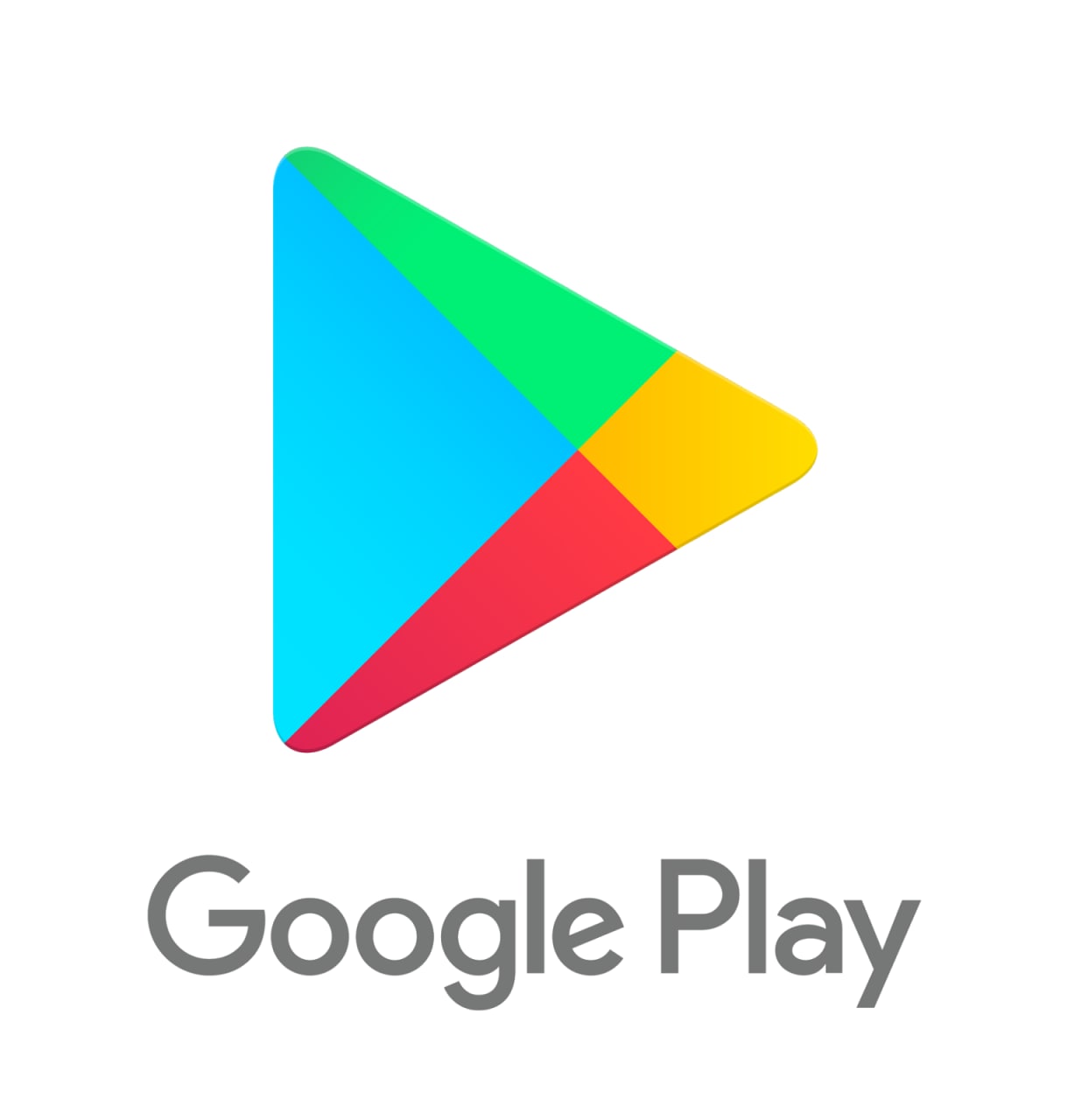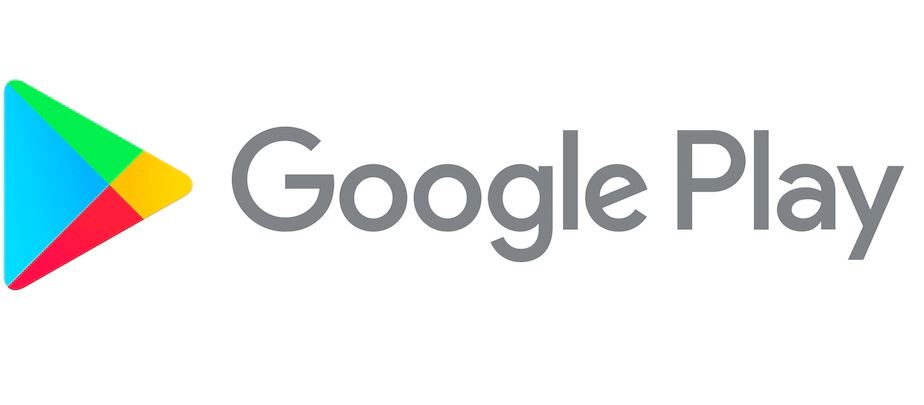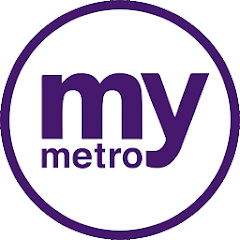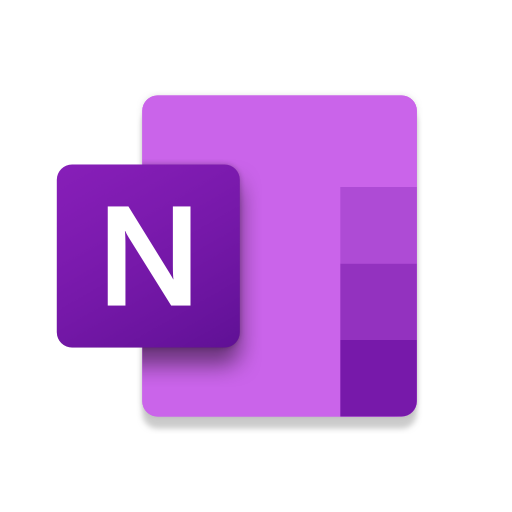Google Play Store APK
About this app
In this comprehensive guide, we will delve into the ins and outs of the Google Play Store and explore its features, downloading apps, leaving reviews, and the impact of reviews on both app developers and users. From understanding the importance of leaving informative reviews to learning how to report inappropriate reviews, this article covers everything you need to know about navigating the Google Play Store.
Whether you're an app enthusiast, a developer, or simply a curious user, this article aims to equip you with the knowledge and tools to make the most of your experience on the Google Play Store. So, let's begin our exploration of this essential platform for Android users.
What is Google Play Store?
The Google Play Store is a digital distribution platform for Android users to discover, download, and manage applications, also known as apps, as well as other digital content such as movies, books, and music.
It serves as a crucial hub within the Android ecosystem, where users can explore millions of apps catering to a wide array of needs and interests. With app discovery and management tools, users can easily find and organize their favorite apps, while developers benefit from app marketing and community engagement to reach a vast audience.
The platform also plays a vital role in app monetization, offering developers opportunities to generate revenue through in-app purchases, subscriptions, and ads, thus fostering a thriving app marketplace.
What are the Features of Google Play Store?
The Google Play Store offers a myriad of features designed to ensure optimal app performance, security, and user engagement, while providing developers with tools for app optimization, monetization, and analytics.
It serves as a platform for developers to showcase their apps, with features for app visibility, such as categorization, keyword optimization, and user ratings. The store's robust security measures, including app scanning and verification, work towards creating a secure environment for users.
The Play Store integrates various monetization options, including in-app purchases and ad placements, enabling developers to generate revenue. Its built-in analytics tools also offer valuable insights into user behavior and app performance, helping developers refine and enhance their offerings.
How to Download Apps from Google Play Store?
Downloading apps from the Google Play Store on your Android device is a straightforward process that allows users to access a vast array of applications tailored to their preferences and needs.
To begin, ensure that your Android device is connected to a stable internet connection. Open the Google Play Store app, which is typically pre-installed on most Android devices.
Once the app is open, you can use the search bar at the top to find the specific app you want to download. When you locate the app, simply tap on it to view more details. Then, click on the 'Install' button, and the app will begin downloading and installing onto your device.
Once the installation is complete, you can find and access the app from your device's home screen or the app drawer.
Step-by-Step Guide to Downloading Apps
The process of downloading apps from the Google Play Store involves navigating the interface, selecting desired applications, and managing app updates to ensure access to the latest features and improvements.
Once you have opened the Google Play Store, you can explore various categories, such as 'Top Charts' and 'Recommended for You', to discover new apps. Upon finding an app you wish to download, simply tap on it and press the 'Install' button. Once the download is complete, the app will automatically install on your device.
It's important to periodically check for app updates by going to 'My apps & games' in the Play Store menu, ensuring you can benefit from the latest enhancements and security patches.
How to Leave a Review on Google Play Store?
Leaving a review on the Google Play Store allows users to share their experiences with an app, providing valuable feedback to both developers and potential users regarding the app's usability, reliability, and overall satisfaction.
By leaving a review, users help developers understand the strengths and weaknesses of their app, which in turn can lead to improvements and enhancements. This feedback not only influences the app's quality, but also guides potential users in making informed decisions about downloading or purchasing the app.
User reviews contribute to the overall user experience by shaping the app's reputation and credibility within the Google Play Store.
Why is Leaving a Review Important?
Leaving a review on the Google Play Store is crucial as it contributes to the app's overall rating, informs potential users about the app's quality and user satisfaction, and provides developers with valuable customer feedback for continuous improvement.
These reviews play a significant role in shaping the perception of an app's quality and user experience. Positive reviews can attract more users, while negative ones might deter potential customers. The app's overall rating is a reflection of the collective feedback it receives, indicating its reliability and performance.
Developers closely monitor these reviews for insights into user preferences, issues, and suggestions, helping them enhance the app's features and functionality to meet user expectations.
What Should be Included in a Google Play Store App Review?
A comprehensive Google Play Store app review should encompass the app's overall rating, user experience, feature set, functionality, customer support experience, and a balanced assessment of its strengths and weaknesses.
The user experience is a crucial aspect that influences the success of any app, so it's essential to evaluate the app's usability, navigation, design, and overall interface. Conducting a thorough analysis of the feature set, including its uniqueness, relevance, and practicality, provides valuable insights for potential users.
It's equally important to highlight the customer support experience to ensure that users receive prompt and effective assistance when needed. Presenting a balanced perspective on the app's strengths and weaknesses empowers potential users to make informed decisions.
Overall Rating
The overall rating in a Google Play Store app review serves as a critical indicator of the app's quality, user satisfaction, and overall performance, influencing its visibility and user adoption.
It provides prospective users with a quick snapshot of the app's performance and reputation, guiding their decision whether to download and engage with the app. The overall rating also plays a pivotal role in the app's visibility within the Play Store, as apps with higher ratings are often prioritized and showcased to potential users, thus influencing the app's reach and potential for growth.
A high overall rating not only signifies user satisfaction but also contributes to the app's credibility and trustworthiness in the eyes of new users, ultimately impacting its success and longevity within the digital marketplace.
User Experience
Evaluating the user experience in a Google Play Store app review involves assessing the app's usability, accessibility, reliability, engagement, and retention capabilities to provide insights into the overall satisfaction of users.
Usability refers to how easily users can navigate through the app and accomplish tasks. Accessibility assesses the app's inclusivity for all users, including those with disabilities.
Reliability measures the app's stability and performance. Engagement evaluates the app's ability to capture and retain users' attention, while retention focuses on keeping users coming back. By analyzing these elements, app developers can pinpoint areas for improvement to enhance the user experience.
Features and Functionality
Assessing the features and functionality in a Google Play Store app review involves an in-depth analysis of the app's performance, security, compatibility, and stability to gauge its overall functionality and user value.
This evaluation process encompasses a comprehensive examination of how the app operates under various conditions, ensuring that it offers a seamless and efficient user experience. It delves into the app's ability to safeguard user data and sensitive information, addressing any potential vulnerabilities.
Compatibility and stability are crucial factors as they determine the app's reliability across different devices and its ability to consistently deliver a smooth and uninterrupted performance.
Customer Support
Assessing the quality of customer support in a Google Play Store app review involves evaluating the app's responsiveness to user issues, its problem-solving capabilities, and its commitment to continuous improvement and enhancement.
The responsiveness of a customer support system within an app is crucial as it ensures that users feel heard and supported in a timely manner. The app's ability to address user issues effectively and efficiently plays a significant role in determining the overall satisfaction with the customer support experience.
A focus on continuous improvement demonstrates the app's dedication to evolving and meeting the diverse needs of its user base, ultimately contributing to a positive customer support assessment.
Pros and Cons
Listing the pros and cons in a Google Play Store app review allows for a balanced presentation of the app's strengths and weaknesses, aiding potential users in making informed decisions and contributing to competitive analysis and market trends.
By weighing the advantages and drawbacks of an app, users gain insights into its performance and features. This approach fosters transparency and helps developers understand user preferences. The analysis of pros and cons contributes to app comparison and market trend analysis, serving as vital information for both users and app developers seeking to improve their products and services.
Tips for Writing a Helpful and Informative Review
Crafting a helpful and informative review for an app in the Google Play Store involves providing specific details, constructive feedback, and relevant insights to aid both developers and potential users, while contributing to app visibility and optimization.
One important tip when writing a review is to be as specific as possible. Instead of simply stating 'I like it' or 'It's not good,' provide examples of what you liked or didn't like, such as specific features, functionality, or user interface. Offering constructive feedback is crucial for developers to understand areas for improvement.
Share your experiences and suggestions for enhancements that could benefit the app's overall performance. Including relevant insights about your usage, such as how the app has helped or not met your expectations, can guide other potential users in their decision-making process.
How to Edit or Delete a Review on Google Play Store?
Managing and modifying your reviews on the Google Play Store allows users to update their feedback, correct any inaccuracies, and reflect changes in their experience over time, contributing to the platform's commitment to user feedback and user experience enhancement.
This process not only helps in maintaining the relevance of reviews amidst app updates but also influences the overall perception of the app. It's crucial to ensure that the reviews accurately represent the current state of the app, helping potential users make informed decisions.
As the app evolves, outdated or irrelevant reviews can impact its reputation and deter new users. Therefore, regularly auditing and updating reviews is an integral part of maintaining a constructive ecosystem for both developers and users on the Google Play Store.
How to Report Inappropriate Reviews on Google Play Store?
Reporting inappropriate reviews on the Google Play Store helps maintain the integrity of user feedback, fosters a positive app community environment, and ensures that reviews align with the platform's guidelines and standards.
It is important for users to feel that their input is honest and reliable, which is why reporting any reviews that violate the platform's policies is crucial. By actively participating in keeping the app community free from misleading or inappropriate reviews, users contribute to a more transparent and trustworthy environment.
It assists app developers in receiving accurate and constructive feedback, ultimately improving the overall user experience. Upholding these standards ensures that the platform remains a fair and valuable space for user interactions and feedback.
Related Apps
-
Microsoft OneNote: Save NotesGETTools and Productivity
-
MTK Engineering ModeGETTools and Productivity
-
Microsoft BingGETTools and Productivity



















